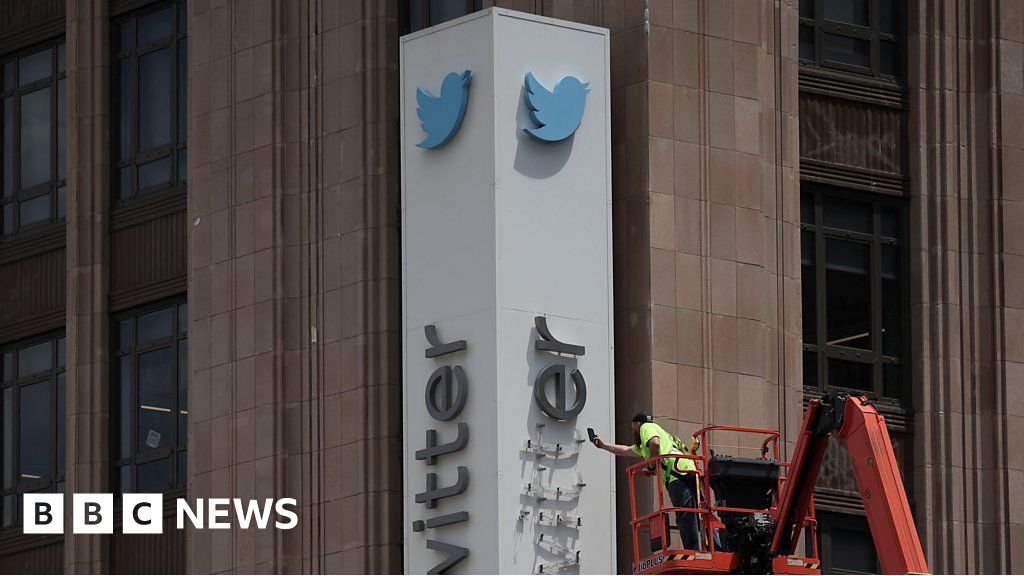
news
The U.S. Surgeon General, Dr. Vivek H. Murthy, issued a public advisory on Tuesday warning young people about the risks of using social media.on page 19 ReportDr. Murthy noted that while the impact of social media on adolescent mental health is not fully understood, and social media may be beneficial for some users, “there is ample evidence that social media can also cause profound harm to adolescent mental health. Children and adolescent mental health and wellbeing.”
The surgeon general called for “urgent action” by policymakers, tech companies, researchers and parents to guard against potential risks.
Why it matters: Young brains are especially vulnerable to social media.
“Adolescents are not just smaller adults,” Dr. Murthy said of the consultation in an interview with The New York Times. “They’re at different developmental stages, and they’re at a critical stage of brain development.”
“Frequent social media use may be associated with distinct changes in the developing brain in the amygdala (important for emotional learning and behavior) and prefrontal cortex (important for impulse control, emotion regulation, and regulation of social behavior),” the report states. And can increase sensitivity to social rewards and punishments.”
The report also cites research showing that up to 95 percent of teens report using at least one social media platform, while more than a third say they use social media “almost all the time.” Additionally, nearly 40 percent of children ages 8 to 12 use social media, despite the fact that most sites require a minimum age of 13.
Researchers have struggled to understand the impact of social media use on adolescent mental health. The data is not straightforward, suggesting that the impact can be positive or negative. For example, social media enables some young people to connect with others, find community and express themselves.
But the advisory notes that social media is also rife with “extreme, inappropriate and harmful content”, including content that “normalizes” self-harm, eating disorders and other destructive behaviours. Cyberbullying is rampant. Increases in social media use have coincided with decreases in exercise, sleep and other activities thought to be critical for brain development.
Furthermore, social media spaces are particularly worrisome for young people, the advisory added: “During early adolescence, when a sense of identity and self-worth is being formed, brain development is particularly vulnerable to social pressure, peer opinion and peer comparison Impact.”
Context: Scrutiny intensifies amidst the mental health crisis among young people in the United States.
The consultation joins a growing call for action around teens and social media as experts explore its possible role in the ongoing teenage mental health crisis. Earlier this month, the American Psychological Association released its first-ever social media guidelines, advising parents to keep tabs on teens’ usage and recommending that tech companies reconsider features like infinite scrolling and “like” buttons.
What’s next: Surgeon General calls for immediate action.
During the consultation, Dr Murthy said there was an “urgent need” to clarify several research fronts. They include the types of social media content that cause harm; whether specific neural pathways, such as those involved in reward and addiction, are affected; and which strategies can be used to protect the mental health and well-being of children and adolescents.
“Our children became unwitting participants in decades-long experiments,” Dr. Murthy wrote. “It is critical that independent researchers and technology companies work together to rapidly improve our understanding of the impact of social media on children and young people.”
Dr Murthy also acknowledged that, until now, “the burden of protecting young people has largely fallen on children, young people and their families.”
“It’s asking a lot of parents – adopting a rapidly evolving new technology that’s fundamentally changing how children see themselves” and asking parents to manage it, Dr Murthy told The Times. “So we have to do what we want to do in other areas where we have product safety issues, which is to create safety standards that parents can rely on and actually enforce them.”






